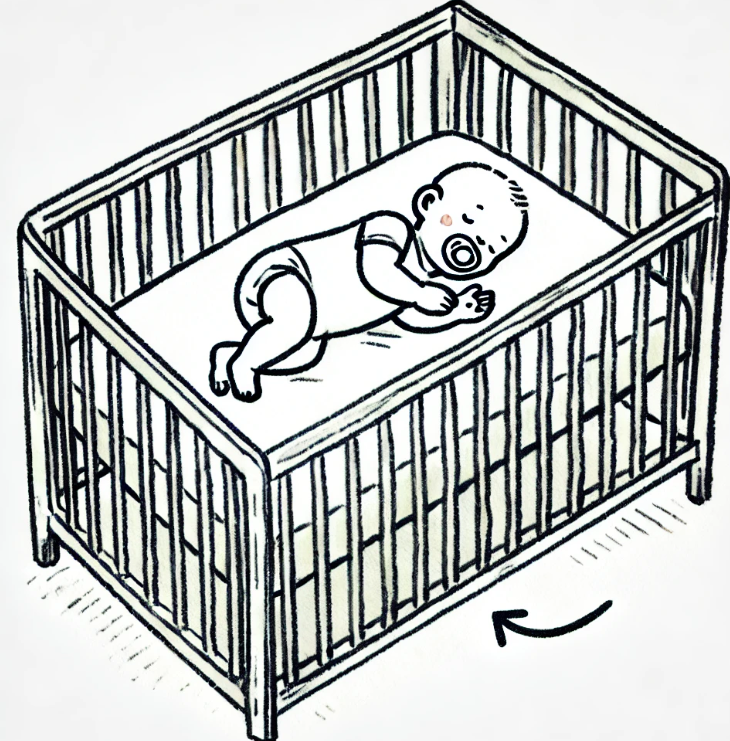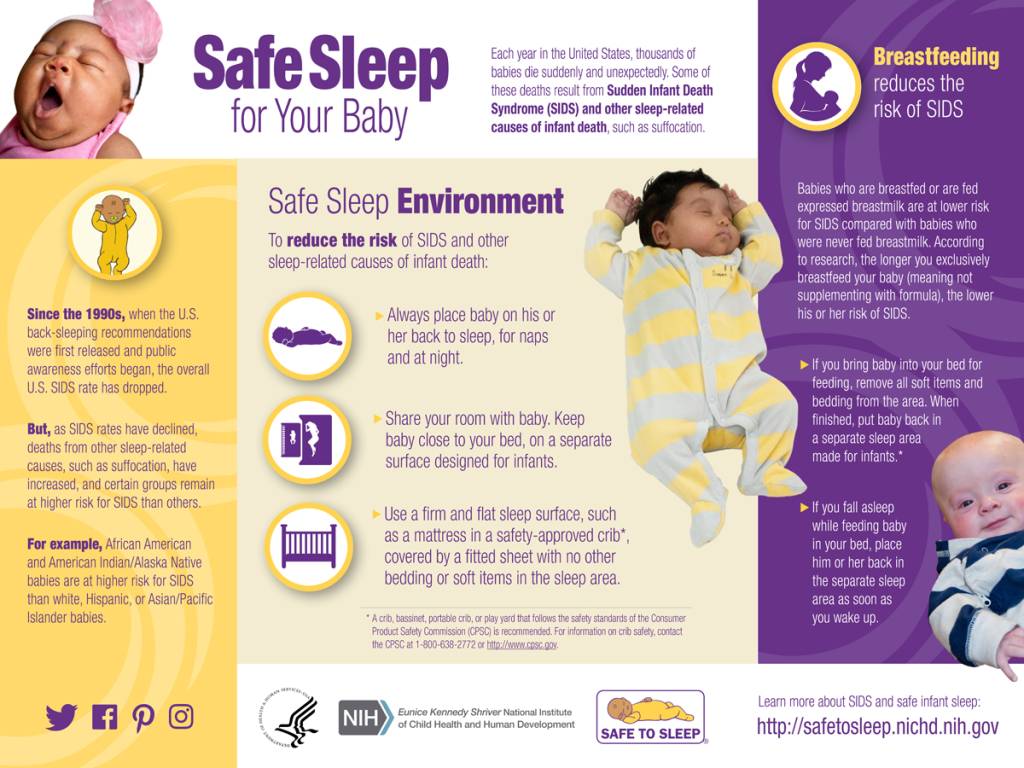
Preventing Sudden Infant Death Syndrome
Sudden Infant Death Syndrome (SIDS) is a heart-wrenching tragedy for any family to endure. It’s defined as the sudden and unexplained death of an infant under one year of age, often occurring during sleep. Despite decades of research, SIDS remains a leading cause of infant mortality in many high-income countries. However, there is hope. Recent studies and global recommendations have highlighted several strategies that can significantly reduce the risk of SIDS. This blog explores these strategies, emphasizing the importance of safe sleep practices and other preventive measures that parents and caregivers can adopt.
Understanding SIDS and Its Risk Factors
SIDS, often referred to as “crib death,” is a perplexing condition because it strikes without warning and typically in seemingly healthy infants. Though the exact cause remains unknown, researchers have identified several risk factors associated with SIDS. These include:
- Sleep Position: Infants who sleep on their stomachs (prone position) or sides are at a higher risk.
- Sleep Environment: Soft bedding, loose blankets, and soft toys in the crib can increase the risk.
- Parental Habits: Smoking, alcohol consumption, and drug use by parents can contribute to SIDS.
- Overheating: Excessive clothing or a warm room can also pose a risk.
The “Back to Sleep” Campaign
One of the most effective public health interventions has been the “Back to Sleep” campaign, which encourages parents to place infants on their backs to sleep. Since its introduction, many countries have seen a dramatic decline in SIDS cases. Here are the key takeaways from this life-saving campaign:
- Supine Sleeping: Always place babies on their backs to sleep, not on their stomachs or sides. This position has been shown to reduce the risk of SIDS significantly.
- Firm Sleep Surface: Use a firm mattress covered with a fitted sheet. Avoid placing babies on soft surfaces like sofas, armchairs, or beds with loose bedding.
- Avoid Soft Objects and Loose Bedding: Keep pillows, quilts, comforters, and soft toys out of the baby’s sleep area. These items can pose a suffocation hazard.
- Room-Sharing Without Bed-Sharing: It’s recommended that babies sleep in the same room as their parents, but on a separate sleep surface, such as a crib or bassinet. This practice can reduce the risk of SIDS by as much as 50%.
- Avoid Overheating: Dress babies in appropriate clothing and keep the room at a comfortable temperature. Overheating is a known risk factor for SIDS.
Additional Protective Measures
Beyond sleep practices, several other measures can further protect infants from SIDS:
- Breastfeeding: Breastfeeding has been shown to reduce the risk of SIDS. The American Academy of Pediatrics recommends breastfeeding for at least the first six months.
- Pacifier Use: Offering a pacifier at nap time and bedtime can reduce the risk of SIDS. However, if the baby rejects the pacifier, don’t force it.
- Smoke-Free Environment: Avoid smoking during pregnancy and ensure that the baby’s environment is smoke-free. Exposure to smoke, even if the parent smokes outside, increases the risk of SIDS.
- Regular Prenatal Care: Pregnant women should seek regular prenatal care to monitor and manage any potential health issues.
- Avoid Alcohol and Illicit Drugs: Both during pregnancy and after birth, avoiding alcohol and illicit drugs can significantly reduce the risk of SIDS.

Why Public Health Practitioners Should Care
Public health practitioners play a crucial role in disseminating information and educating parents about SIDS prevention. By promoting safe sleep practices and other preventive measures, they can help reduce the incidence of SIDS and save lives. Moreover, practitioners can advocate for policies and programs that support SIDS research and provide resources for parents and caregivers.
The Human Side of SIDS Prevention
Let’s consider a story to illustrate the importance of these preventive measures. Meet Sarah and John, new parents to a beautiful baby girl named Emma. Initially, like many parents, they were unaware of the specifics of SIDS. However, their pediatrician took the time to explain the importance of safe sleep practices. They learned to place Emma on her back to sleep, keep her crib free of soft objects, and maintain a comfortable room temperature. Sarah also decided to breastfeed and found support through local breastfeeding groups.
One night, Sarah’s mother visited and insisted on placing Emma on her side to sleep, thinking it would be more comfortable. Sarah, armed with the knowledge from her pediatrician, gently corrected her mother and explained the reasons behind the “Back to Sleep” recommendation. By adhering to these guidelines, Sarah and John felt more confident in their ability to protect Emma. Their commitment to safe sleep practices, coupled with their pediatrician’s guidance, provided them with peace of mind and helped ensure Emma’s safety.
What do you think?
- Have you or someone you know ever been advised about safe sleep practices for infants? What measures were recommended?
- What challenges do you think parents might face in implementing these safe sleep guidelines, and how can public health practitioners support them?
Conclusion
SIDS is a devastating event, but understanding and implementing preventive measures can save lives. By following the evidence-based recommendations, parents and caregivers can create a safer sleep environment for their infants. Public health practitioners must continue to educate and support families in these practices, fostering a community committed to the well-being of its youngest members.



